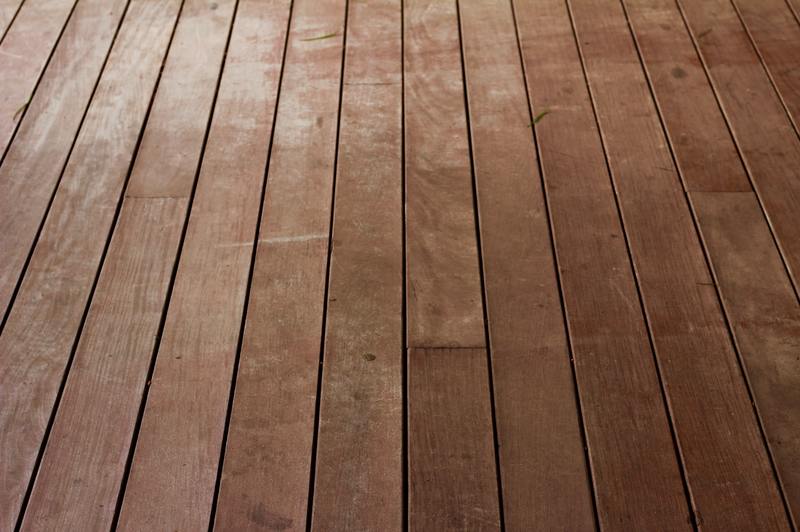If you’re currently dealing with dingy or unattractive flooring, then you need to know how to fix water damaged hardwood floors. This is to prevent further casualties and to preserve your beautiful hardwood floors.
This article will include steps in fixing water-damaged hardwood floors as well as measures to minimize water damage. Water causes numerous concerns and has different causes, and this is why we included preventive measures to prevent severe water damage.

Lastly, this article also talks about insurance on flooring water damage. Read well and be informed!
Steps In Fixing Water-Damaged Hardwood Floors
Whether it’s from a floss or from a leak, when water makes contact with your wooden floor, it will damage them. Hence, we’ve listed the steps on how you can salvage your hardwood floors.
Step #1. Prepare materials
You will need a disinfectant, a mild detergent, and trisodium phosphate as needed. The pieces of equipment you will use are a shop vacuum, stiff brush, rubber gloves, squeegee, bucket, and absorbent cloth.
Step #2. Remove water and scrub
Remove the water from the flooring’s surface using a shop vacuum in “wet mode.” You can also use a squeegee while the vacuum sucks the water up.
You can scrub the floor after removing the surface water. Mix your mild detergent with a disinfectant in a bucket with water.
Then, use a stiff brush to clean your hardwood floors. Remove the dirt, mud, and other organic material to prevent molds. Moreover, it is not advisable to pour water on the floor since you are trying to fix your water damage issue.
Step #3. Remove mold
If you see signs of mold, treat it with TSP. Scrub the area thoroughly until the mold discoloration and blight are removed.
Afterward, rinse the area with water. Then, dry the area with an absorbent cloth.
Step #4. Dry
If your weather is not humid, open your windows and doors to help your hardwood floor dry naturally. You can also use fans to move the air to improve the airflow in your room.
Do not speed up the process of drying the hardwood floors because if it is dried too quickly, it may crack. If you apply heat on your hardwood flooring, it can result in cupping or splitting.
Step #5. Sand the flooring
After cleaning and drying the floor, sand your flooring to flatten cupping on your wood floors. Lastly, sweep off the dust.
Step #6. Replace the laminate
Hardwood floors usually use laminate. Water is more than capable of destroying laminate on floors because the latter tends to swell and gets soaked.
Moreover, if the flooring’s laminate gets flooded, it will ruin the hardwood floors further. So, if your floors are water-damaged, be sure to replace the laminate.
How to assess water damage on hardwood floors
Before fixing your hardwood floors, you have to assess the water damage so you have an idea of how much work you need to do.
The first step to assess a water-damaged hardwood floor is to identify the source of moisture and eliminate it. Only then can you address the damage on your boards.
How to protect your hardwood floor from water damage
Seal your flooring
Hardwood floors are durable, but it is better to be safe and cautious. Hence, its wax coating should be replaced every year.
This is because the wax coating acts as a protective barrier and prevents water damage. This way this increases the lifespan of your laminate flooring and hardwood.
Watch your house’s humidity level.
Humidity can leak through exterior walls and penetrate flooring, and this may result in long-term water damage. You can combat humidity with a dehumidifier, which can also improve the comfort in your home.
Wipe up spills
Sometimes, spills are inevitable, especially when you have kids or untrained pets. If so, wipe up the spills immediately, so it does not sit on your hardwood and result in long-term damage.
Does insurance cover water damage on flooring?
Yes, but with conditions. To help with your insurance claim, you have to take photos of the current damage to your floors.
This is so you can get the appropriate compensation. A lawyer can also help you in getting the compensation you deserve. They can prevent insurance companies from exploiting you.
If the insurance company agrees to compensate you, they will likely hire a professional to identify the leak and repair it. In this situation, your insurance will only cover the area where the leak is, where the damage is, but not the entire piping system.
Also, your insurance may also cover the whole drying, repair, and replacement process if your insurance company recommends a water damage restoration company. It is better to hire a water-damage professional so the repairs will be seamless.
Conclusion
Now that you know how to fix water damaged hardwood floors, we hope you are able to understand how severe water damage is and how you have to prevent it from getting worse. Also, we hope we included enough information on preventative measures and water damage insurance for you to be adequately informed.
